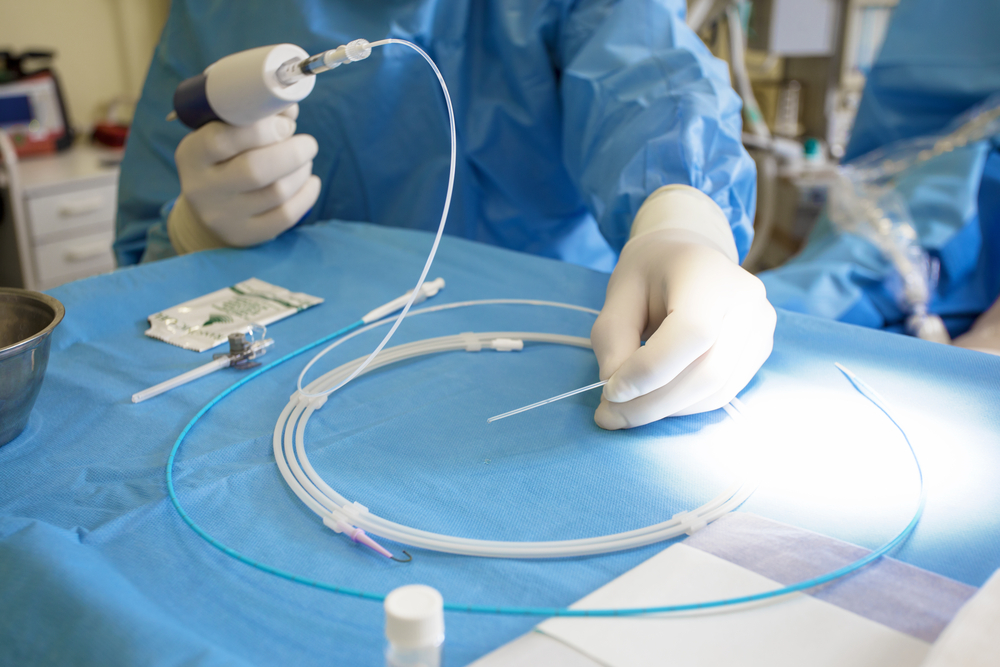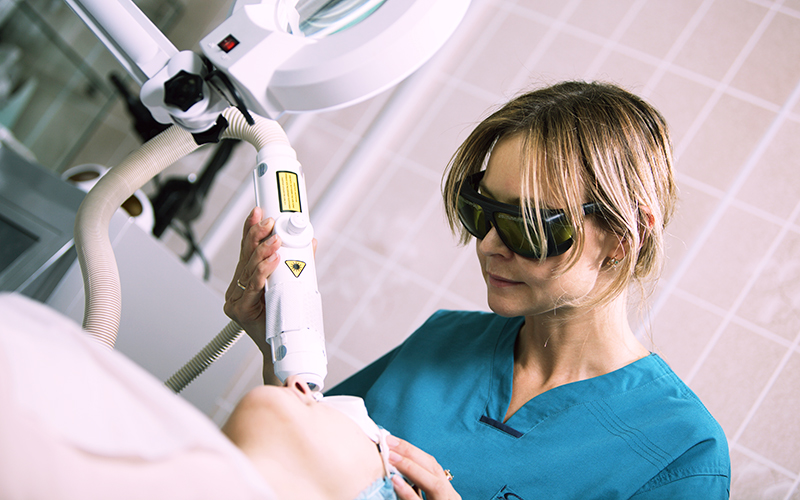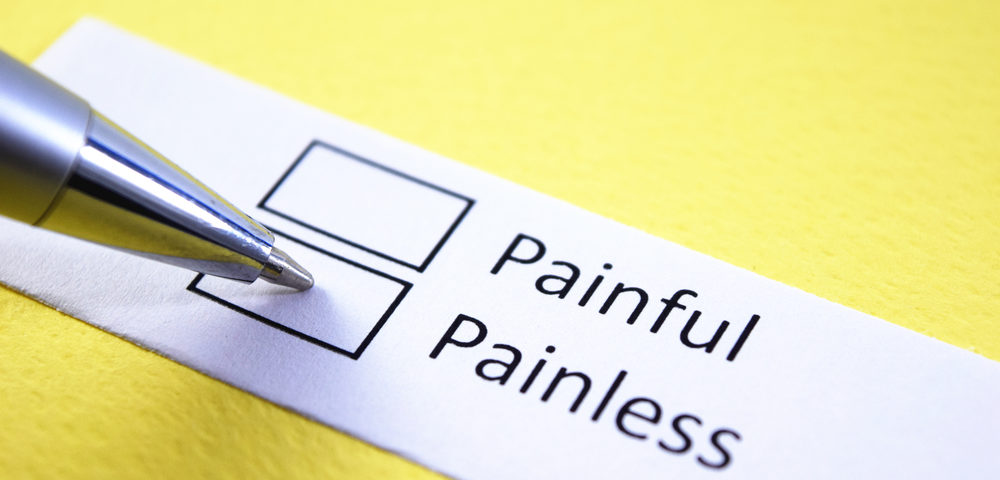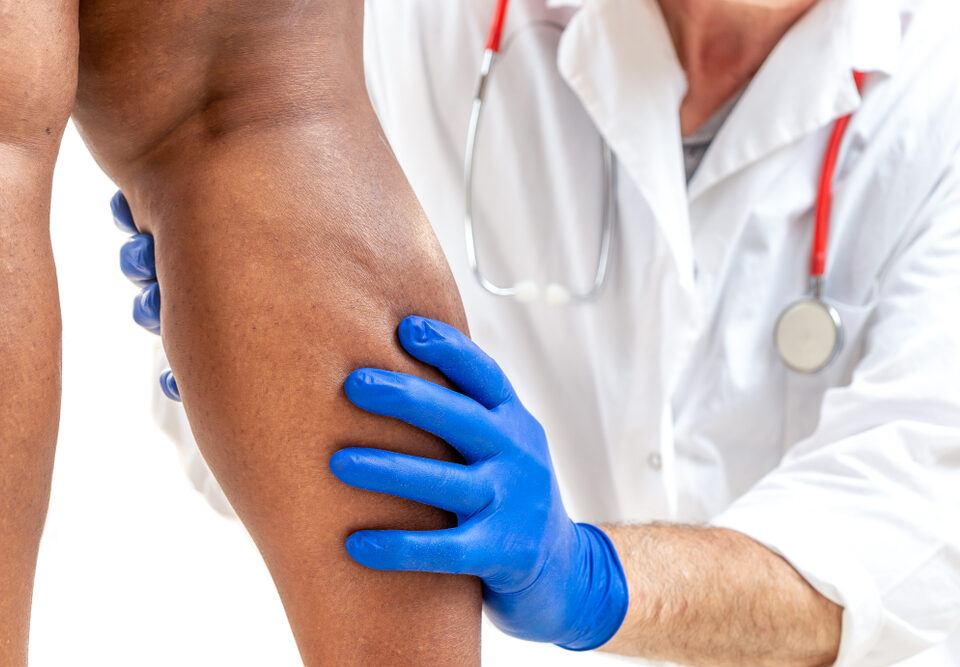
Sclerotherapy: The Best Solution for Leg Ulcers?
December 31, 2018
Spider Veins on the Face: Causes and Treatment Options
January 15, 2019Myths About Varicose Veins
Don’t let the internet fool you, there are a lot of myths about varicose veins floating around, and we’re here to set the record straight.
Despite varicose veins being a very common condition, there’s a great deal of inaccurate information about them.
Do you suffer from varicose veins? If you answered yes, you are not alone. In fact, 1 in 4 US adults experience these enlarged vessels in their legs and lower extremities.
Continue reading as we separate fact from fiction and debunk 7 myths about varicose veins (in no specific order).
1. Varicose Veins Are Just Cosmetic
While many patients dislike their bulging, ropelike appearance, varicose veins can be more than just a cosmetic concern.
Most people don’t realize that varicose veins can cause significant pain and discomfort and interfere with daily function.
Associated symptoms include: Leg heaviness, throbbing, aching, cramping, swelling, discoloration, sores, and ulcerations.
2. Only Women Get Varicose Veins
This is one of the biggest myths about varicose veins. Although the condition is more prevalent among women, men are also susceptible to it. In fact, varicose veins affect 10-15% of men, compared to 25% of women.
3. You Can Always See Varicose Veins
Visibility of varicose veins often depends on the anatomical composition of an individual’s leg. That being said, it’s entirely possible for them occur in deeper parts of the body, where they are concealed from the naked eye.
4. Varicose Veins Are Caused by Long Periods of Standing
Another one of the biggest myths about varicose veins is that you are destined to get varicose veins if you are on your feet all day at work.
While people are more likely to notice varicose veins after long periods of standing, a causal relationship between the two hasn’t been established.
5. There’s Nothing You Can Do to Improve Them on Your Own
Another common myth about varicose veins is that they are inevitable and out of your control. Although you can’t change certain contributing factors like genetics, you can make lifestyle modifications to reduce your risk and alleviate symptoms.
That being said, losing weight, increasing exercise, and wearing compression stockings are all ways to decrease pressure on veins and help propel blood away from legs and lower extremities.
6. Surgery is the Only Effective Treatment Option
Surgical procedures, like vein stripping and ligation, were once the predominant treatment option for varicose veins.
However, there are now a number of non-invasive procedures, including endovenous ablation and sclerotherapy, that can safely and effectively destroy damaged vessels.
7. Recovery After Varicose Vein Treatment is Painful and Lengthy
Most of the varicose vein treatments today can be performed in the comfort of your doctor’s office in an hour or less and require little-to-no downtime.
What’s more, patients are often able to resume normal activities immediately after or the very next day.
To learn more myths about varicose veins or various treatment options, please contact Vein Center of Maryland to schedule a consultation with one of our vein specialists.



